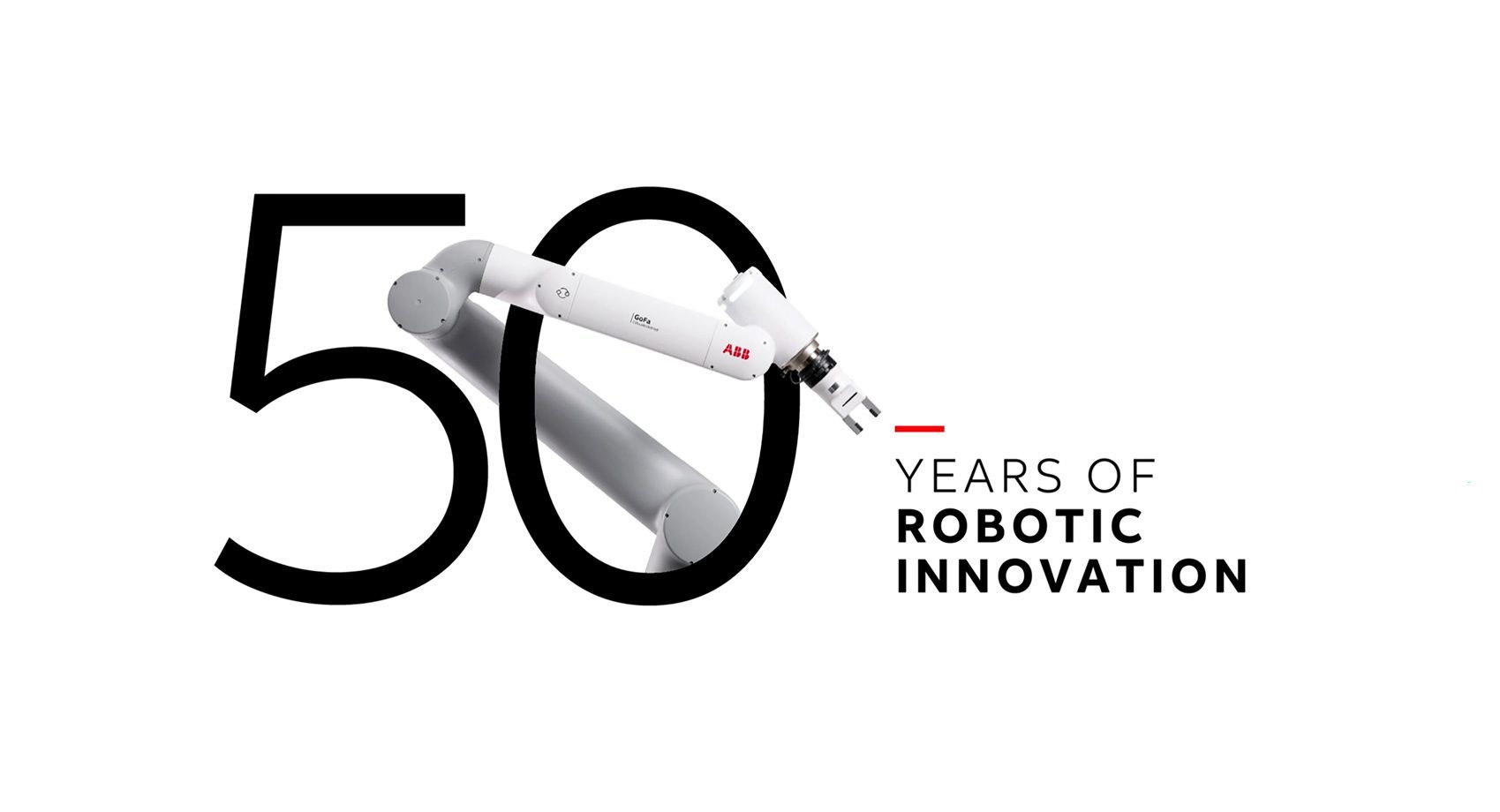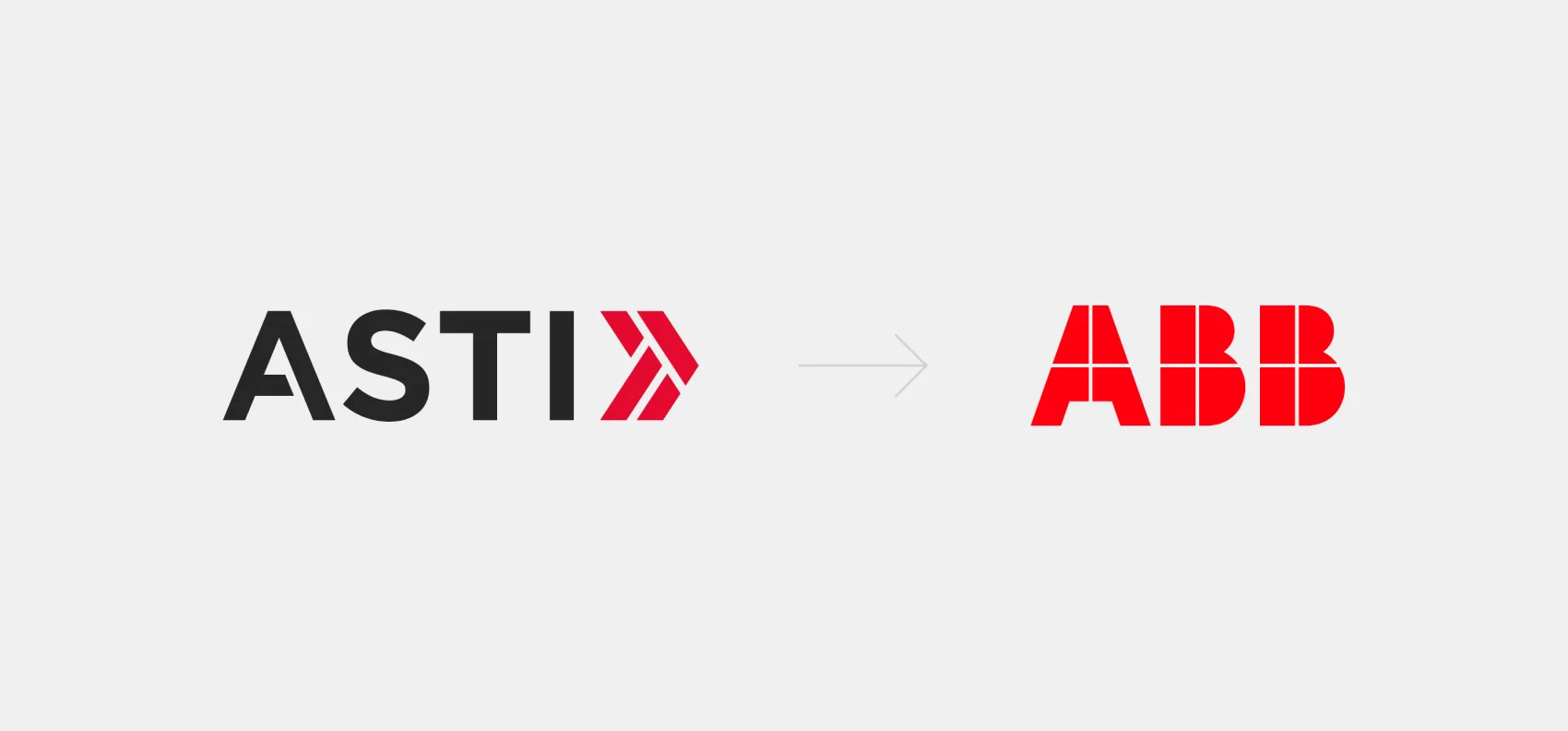In a world increasingly defined by smart technologies and intelligent systems, the automation sector plays a pivotal role in shaping global economic progress. From robotics to smart logistics and industrial AI, the industry drives innovation at scale.
Yet with rapid growth comes a vital need: strong, strategic branding and communications that not only reflect technical excellence but also resonate with diverse global stakeholders.
At Admind, we’ve had the privilege to partner with forward-thinking automation leaders, helping them articulate their vision through purposeful branding. Our collaborations with ABB Robotics, ASTI Mobile Robotics (now part of ABB), and B&R Industrial Automation illustrate how impactful communication can elevate a brand’s presence in this dynamic sector.
The role of innovation in communication
Just as automation thrives on innovation, so too must its communications. Brands need to stay ahead not only in what they offer but in how they express it. This means embracing new formats, like virtual environments or data-driven storytelling, and ensuring consistency across touchpoints. It’s not just about looking modern—it’s about being future-ready.
Automation is not just a vertical; it’s a backbone of modern industry—from manufacturing to healthcare, logistics to energy. Strong branding in this sector isn’t a luxury—it’s an engine for trust, differentiation, and global scalability.
Why the automation sector needs strategic branding and communication
In an industry defined by technical excellence and rapid transformation, clear and compelling branding is not just an asset—it’s a strategic imperative. For automation companies, branding is the bridge between engineering prowess and market recognition, between innovation and trust.
1. Communicating complex innovation simply
Advanced technologies like robotics, AI-driven control systems, or industrial IoT can be difficult to explain to non-technical audiences. Strategic communication helps distill these complex ideas into clear, engaging messages that resonate with customers, partners, investors, and the broader public.
2. Building trust in a risk-averse market
In sectors where safety, precision, and reliability are paramount, credibility is everything. A well-developed brand identity signals stability, professionalism, and leadership—key attributes when competing for long-term contracts or strategic partnerships.
3. Differentiation in a crowded landscape
As automation solutions become more ubiquitous, differentiation becomes harder. Branding elevates a company from being “just another tech vendor” to a recognized thought leader. Visual identity, tone of voice, and storytelling help create memorable, meaningful connections with stakeholders.
4. Attracting talent and investment
Top engineers, developers, and designers want to work for visionary companies. Investors want to fund businesses with clear positioning and a compelling growth narrative. Branding plays a vital role in attracting both talent and capital—especially in a sector fueled by innovation and scale.
5. Navigating transformation and integration
Mergers, acquisitions, and global expansion are common in automation. Branding provides consistency and cohesion during these transitions. For example, our work with ASTI and B&R helped these organizations integrate into ABB while retaining their unique strengths and culture.
Why industry expertise matters
Specialization in branding for the automation sector is more than a competitive advantage—it’s a necessity. Clients in this space demand partners who understand the intricacies of industrial ecosystems, the regulatory landscape, and the pace of technological change.
At Admind, our B2B focus and global reach allow us to tailor branding strategies that meet these specific needs, from brand architecture to digital experience design.
Clarity in complexity: Telling the story of automation
Automation companies often face the challenge of communicating complex technologies in ways that are accessible, engaging, and emotionally resonant. When we worked on the ABB Robotics Legacy project, we used Unreal Engine to create an immersive virtual exhibition that showcased the brand’s pioneering legacy. This not only celebrated ABB’s engineering achievements but also created a futuristic, interactive storytelling experience that aligned with their vision of innovation.

Transformation with a purpose
When ASTI was acquired by ABB, the integration required more than just a name change—it demanded a unified narrative. Our work on the ASTI transformation centered on aligning their identity with ABB’s global brand while honoring ASTI’s entrepreneurial roots. This delicate balance is what clients in the automation sector often seek: maintaining technical credibility while embracing transformation.

Similarly, in the rebranding of B&R, we helped reposition a legacy brand to align with ABB’s brand architecture. By developing a robust visual system and clear brand voice, we supported B&R’s ambition to scale while remaining true to its core.
What is the automation industry?
The automation industry encompasses the development and implementation of technologies that enable machines, systems, and processes to operate with minimal human intervention. This includes industrial automation, robotics, control systems, software, and smart devices used in sectors like manufacturing, logistics, energy, healthcare, and beyond.
Its core mission is to increase efficiency, safety, precision, and scalability in operations—replacing repetitive or dangerous tasks, streamlining production, and unlocking real-time data insights for better decision-making.
Automation is not limited to physical robots on factory floors; it also includes intelligent systems, IoT integration, and AI-driven process control—making it a cornerstone of the Fourth Industrial Revolution (Industry 4.0).
Industry outlook: Automation market at a glance
The automation sector is both vast and fast-growing—with key macro indicators revealing its significance:
Global market size and growth
Estimates vary slightly, but consensus places the industrial automation market at USD 193–238 billion in 2025, depending on methodology.
Forecasts predict an impressive compound annual growth rate (CAGR) of ~9–9.5%, reaching anywhere from USD 449 billion by 2032 to USD 569 billion by 2034 .
Service segment strength
The automation services market (system integration, support, consulting) is approximately USD 175–224 billion in 2024, with forecasts showing CAGR of 8–11% and reaching USD 320–429 billion by 2030–2032.
Factory automation dynamics
The factory automation sub-segment alone stands at USD 36 billion in 2024, projected to rise at ~11% CAGR, reaching USD 67 billion by 2030.
Robots on the rise
Over 4.28 million industrial robots were operational in 2023 worldwide
Collaborative robots—“cobots”—now constitute around 11% of all industrial robot installations, with sales approaching USD 3 billion annually and growing over 30% per year
Capital flow into robotics
In Q1 2025 alone, start-ups focused on task-specific robots attracted over USD 2.26 billion in funding.
To the automation leaders:
Whether you’re a start-up scaling your impact or an established player redefining your edge—your brand is one of your most powerful assets. At Admind, we bring deep experience in B2B branding and a global perspective to help you communicate with clarity, consistency, and confidence.

